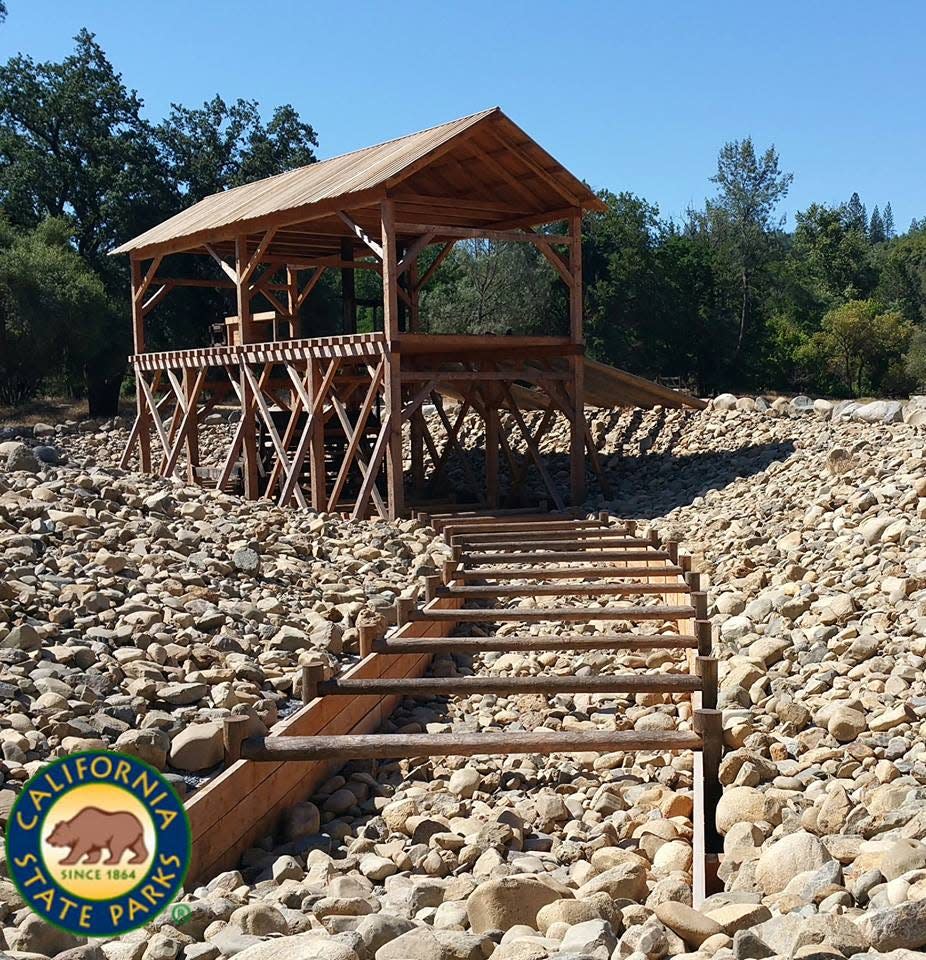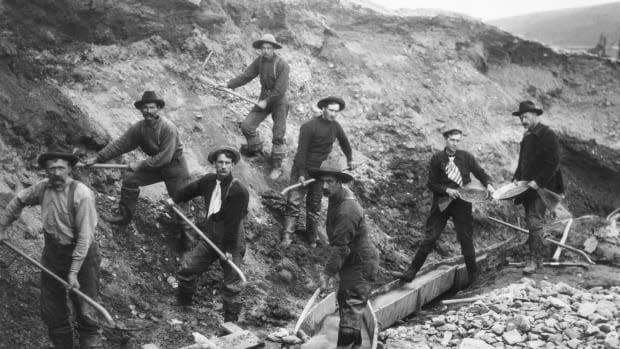How one Delaware man struck it rich in California Gold Rush — without the gold
Harbeson Hickman, along with thousands of others, wanted to get to California quickly; but in 1849, there was no fast way to reach the Golden State from Delaware.
Determined to join the Gold Rush as soon as possible, Hickman boarded the sailing bark Algoma with an inordinately large amount of luggage.
Sailing from Philadelphia, the Algoma made its way southward down the Delaware Bay and past Cape Henlopen into the Atlantic. Ahead lay a long voyage around the tip of South America and up the Pacific coast to California. Eager to reach the gold fields, most of the ‘40ers envisioned collecting sacks of gold nuggets that would make them rich, but Hickman had another plan for striking it rich.

Harbeson Hickman ’s father, George Hickman, a Sussex County native, was a Philadelphia merchant. George and his wife, Mary, had 11 children, three daughters and eight sons, including Harbeson, who was born at Lewes in 1818.
Harbeson, with his brother Nathaniel, established a successful wholesale hardware business in Philadelphia. When gold was discovered in California, however, Harbeson, an adventurous young man of 30, sold his share of his Philadelphia hardware business and joined the Gold Rush.
No detailed account of life aboard the Algoma has been found; but six weeks before Hickman’s vessel cleared Cape Henlopen, a similar ship, the Osceola, left Philadelphia for California. Before sailing into the Atlantic, the Osceola anchored behind the Breakwater at Lewes for a day.
According to the captain of the Osceola, “Passengers have been busily engaged during the afternoon writing letters to their wives, sweethearts and friends, with a view to sending them on shore by the pilot, who is expected to leave us tonight. After several efforts, I finally succeeded in scribbling a note to my wife, using my hat-box for a writing-desk.”
As the ship made its way southward along the Delmarva Peninsula, the passengers got their first indication that their quest for gold was not without its perils.

According to Upham: “Of the sixty-five passengers, all are seasick with the exception of three. The lee-rail is completely lined with demoralized passengers, who are paying their tribute to old Neptune. Those who are not able to pay their respects to the deity of the great deep over the rail, are casting up their accounts in buckets, wash-basins and spittoons.”
After nearly seven months at sea, the Algoma finally reached San Francisco. Most of Hickman’s fellow passengers quickly disembarked, and they scampered to the gold fields.
Hickman, however, methodically unloaded his luggage, which consisted of picks, shovels, and other implements. As Hickman suspected, miners were willing to pay highly-inflated prices for what they needed to dig for gold. After several years in California, selling tools to miners, Hickman collected his earnings and headed home to Lewes.

After he returned home to Delaware, Hickman dabbled in politics and other community affairs. At his death in 1889, Hickman was the richest man in Sussex County and one of the wealthiest in the state of Delaware.
According to the Wilmington Evening Journal, Hickman, “enjoyed the distinction of being a millionaire for many years. [He owned] at least a score of valuable farms in Sussex County. He also owned about twenty vessels, the most of which ply to South American and West Indian ports."
Harbeson Hickman believed that “there was gold in them there hills,” and his plan to strike it rich paid off handsomely.
DELAWARE HISTORY: John Dagworthy drained his fields and started a 'Tax Ditch' trend in Delaware
DELAWARE DAY: It's Delaware Day: Stay weird, Small Wonder
Principal sources
Samuel C. Upham, Notes of a Voyage to California via Cape Horn, 1878, pp. 25-26, 106.
Judith Atkins Roberts, “Harbeson Hickman,” Journal of the Lewes Historical Society, Vol. 6, November 2003, pp. 18-21.
Evening Journal, Jan. 2, 1890.
This article originally appeared on Salisbury Daily Times: Delaware man strikes it rich in California Gold Rush — without gold

